Some time ago, I spotted that there was a scheme in Birmingham which was conceptually similar to what is planned at Liverpool Street Station (ie using the space directly on top of a listed building to build a tower block).
I am pleased to see that the Birmingham Planning Committee have rejected the suggestion nem. con. and have correctly derided it as ‘bonkers’. Maybe the planning committee in London could take a similarly robust approach.
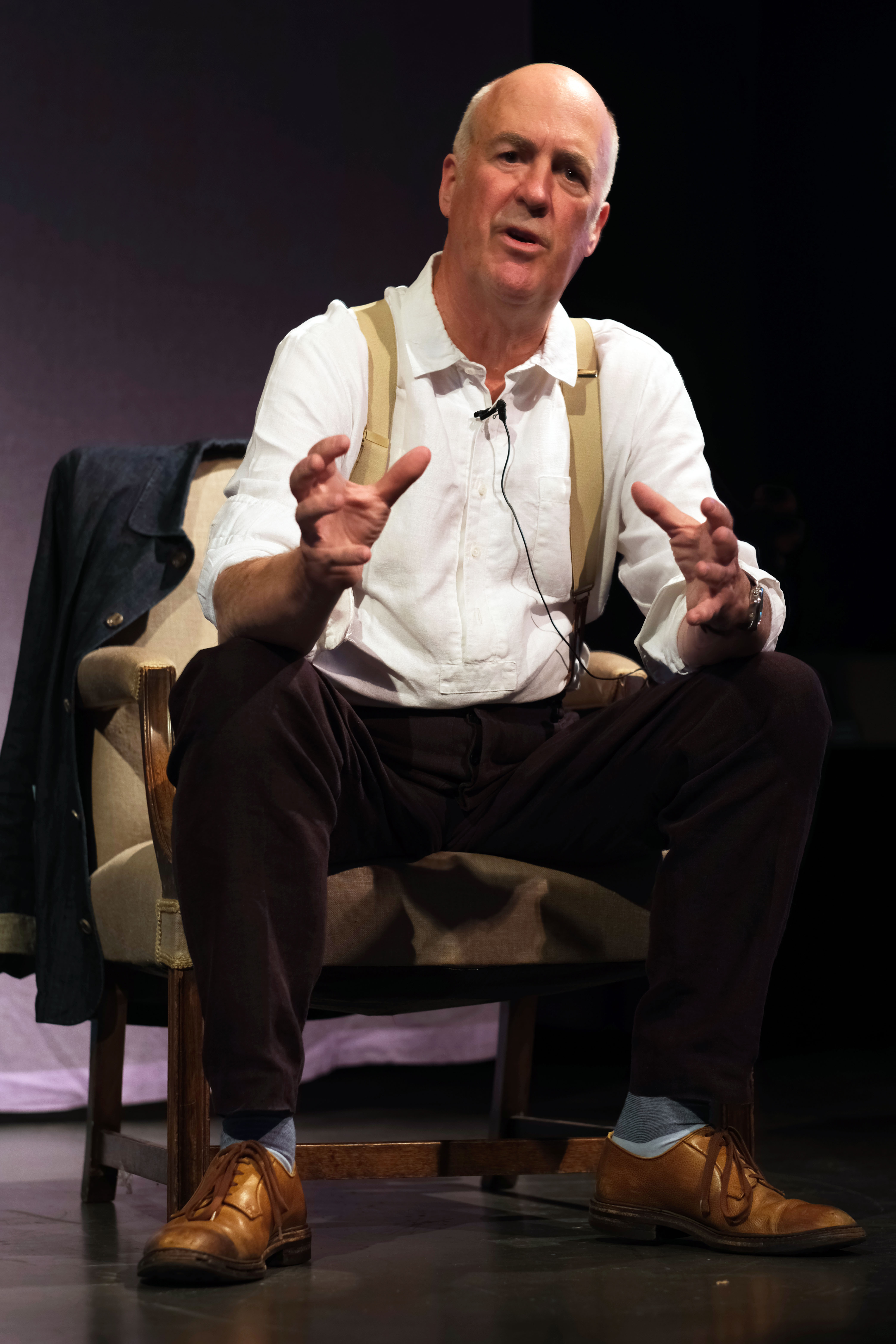

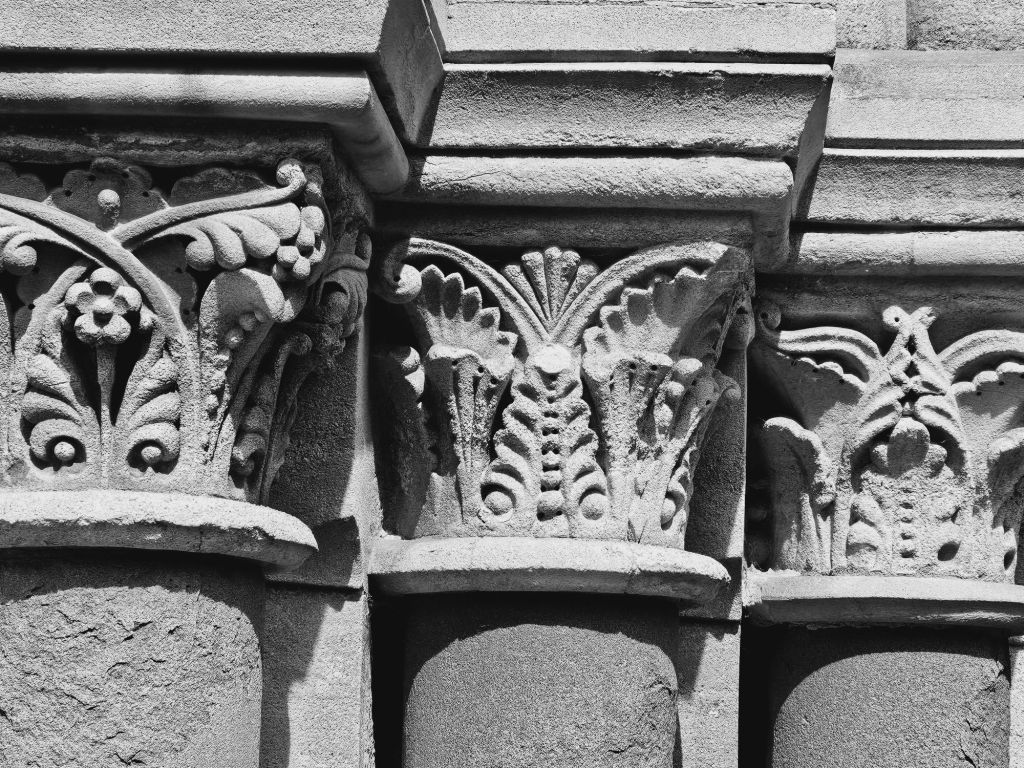
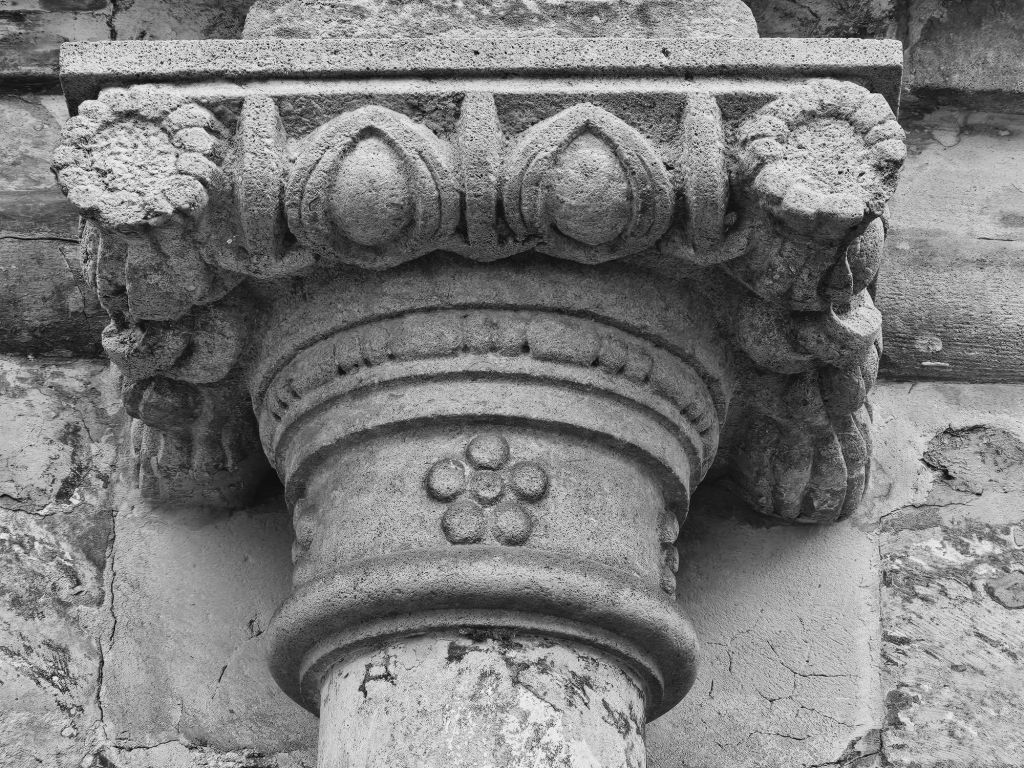












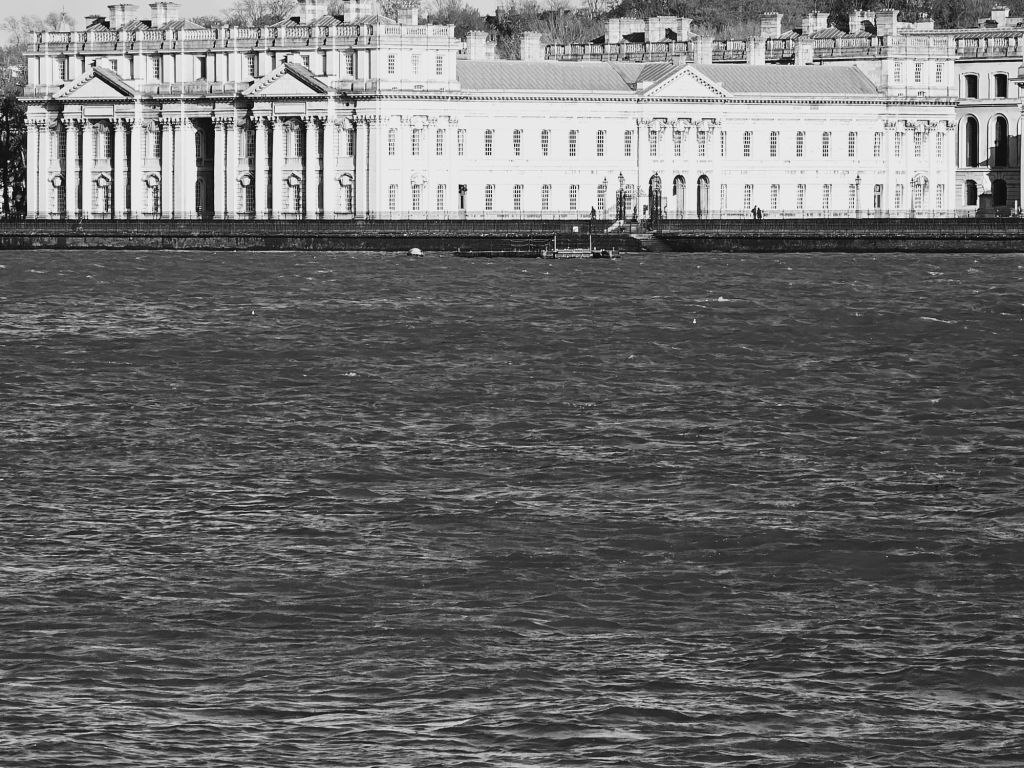
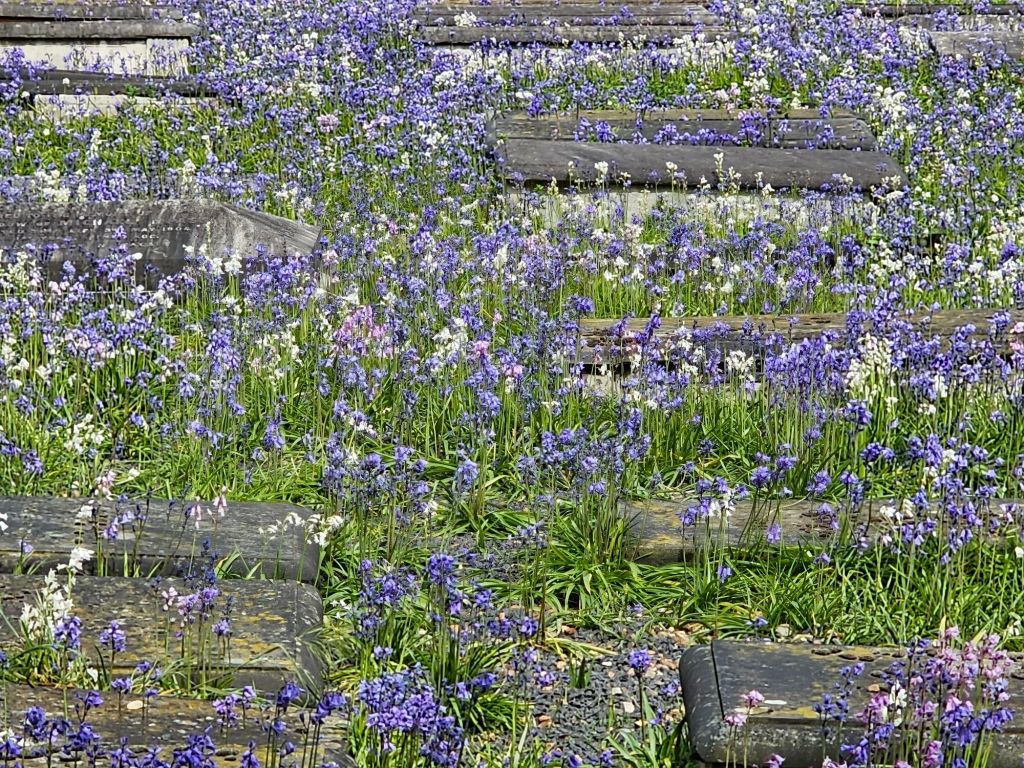



You must be logged in to post a comment.